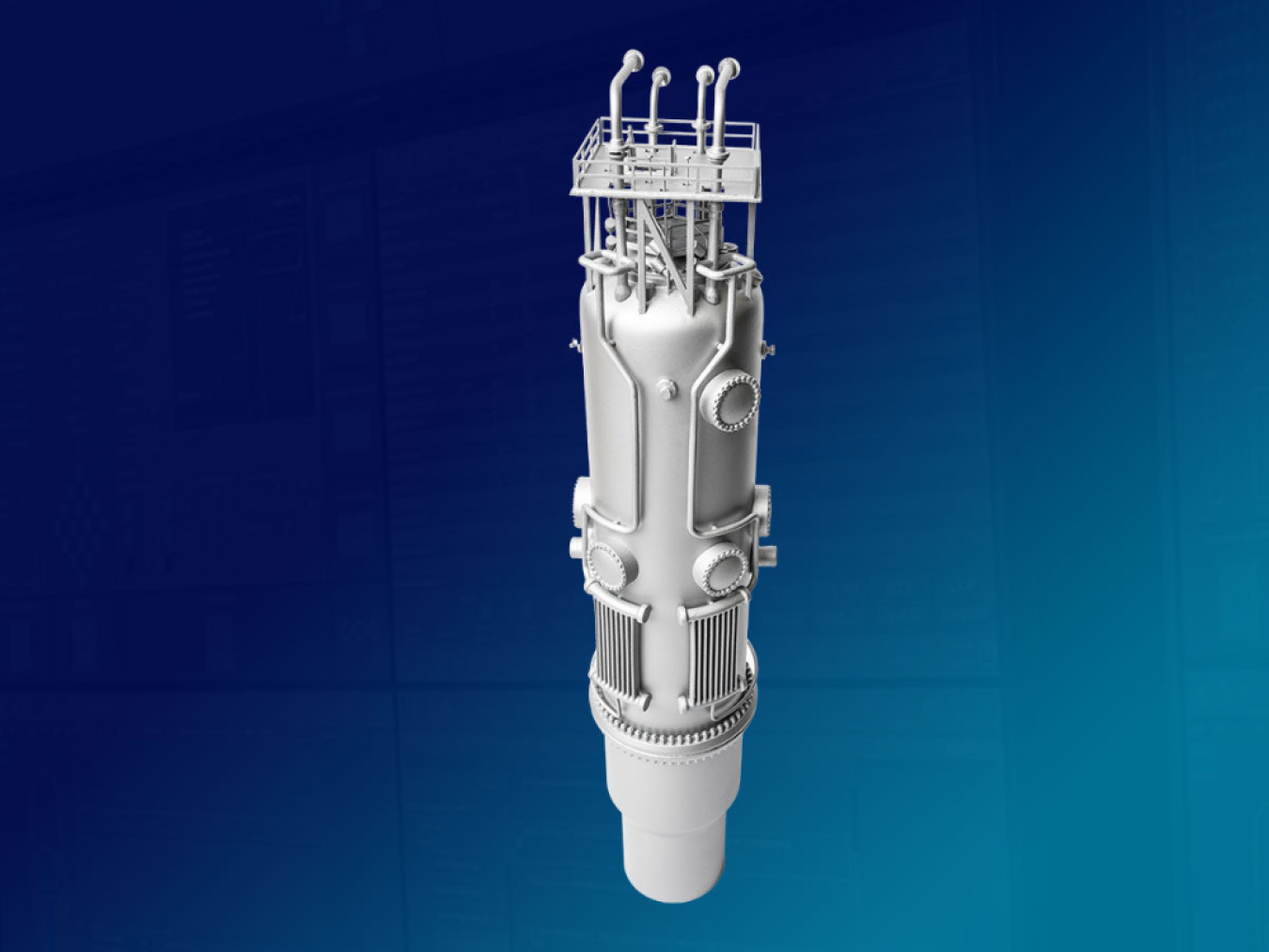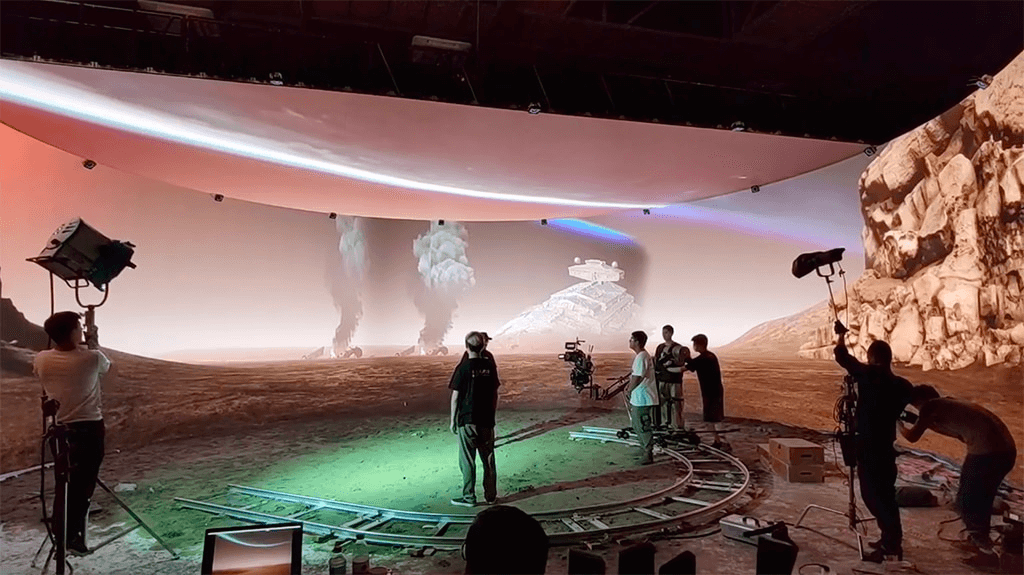NuScale’s Small Modular Reactor Approved: A New Hope for Clean Energy
The age of oil may finally be nearing its end, as small modular nuclear reactors (SMRs) emerge as a compelling alternative in the global transition to clean energy. One of the most promising advancements comes from NuScale Power, an American company that has recently received regulatory approval for its next-generation reactor, the US460.
The Future of Nuclear Power
The US460 reactor is a scalable and more powerful version of NuScale’s earlier model, capable of producing 77 megawatts per module and up to 462 megawatts per plant. While the reactor hasn’t been built or turned on yet, the latest regulatory approval marks a major milestone—it now permits companies to move forward with construction and operation, should they choose to adopt the technology.
Factory-Made, Cost-Effective Energy
What makes this reactor unique is its modular format. Unlike traditional nuclear plants that require years of on-site construction, NuScale’s design allows for factory-made components, which can be transported and assembled more efficiently. This approach aims to lower costs, enhance safety, and accelerate deployment, helping meet the growing energy demands with minimal environmental impact.
READ MORE:
Saudi Arabia Suspends Work Visas for 14 Countries Until Mid-2025
Challenges Ahead
Despite the excitement, the path forward isn’t without obstacles. The reactor hasn’t been built yet—this approval merely validates the technical design. NuScale previously faced a major setback when its Carbon Free Power Project, backed by $1.35 billion in federal subsidies, was cancelled in 2023 due to rising costs and partner withdrawals.
Currently, NuScale is partnering with Entra1, which holds global rights to the technology. The two companies are in talks with five major tech firms to launch the first reactor, either in the U.S. or abroad, by the end of the decade.
The $9 Billion Question
According to the Institute for Energy Economics and Financial Analysis (IEEFA), building the US460 could cost up to $9 billion, covering everything from construction to regulatory compliance. This high price tag has sparked debate over whether SMRs are financially viable compared to cheaper renewables like wind and solar.
Additionally, concerns remain over the management of radioactive waste. Critics point out that the U.S. still lacks a permanent storage solution for nuclear byproducts. Meanwhile, countries like Japan are exploring alternatives—recently developing a “super solar panel” reportedly as powerful as 20 nuclear reactors.
As NuScale pushes ahead with its vision, the future of clean, reliable, and scalable nuclear power hangs in the balance—poised to redefine how we power the planet.



